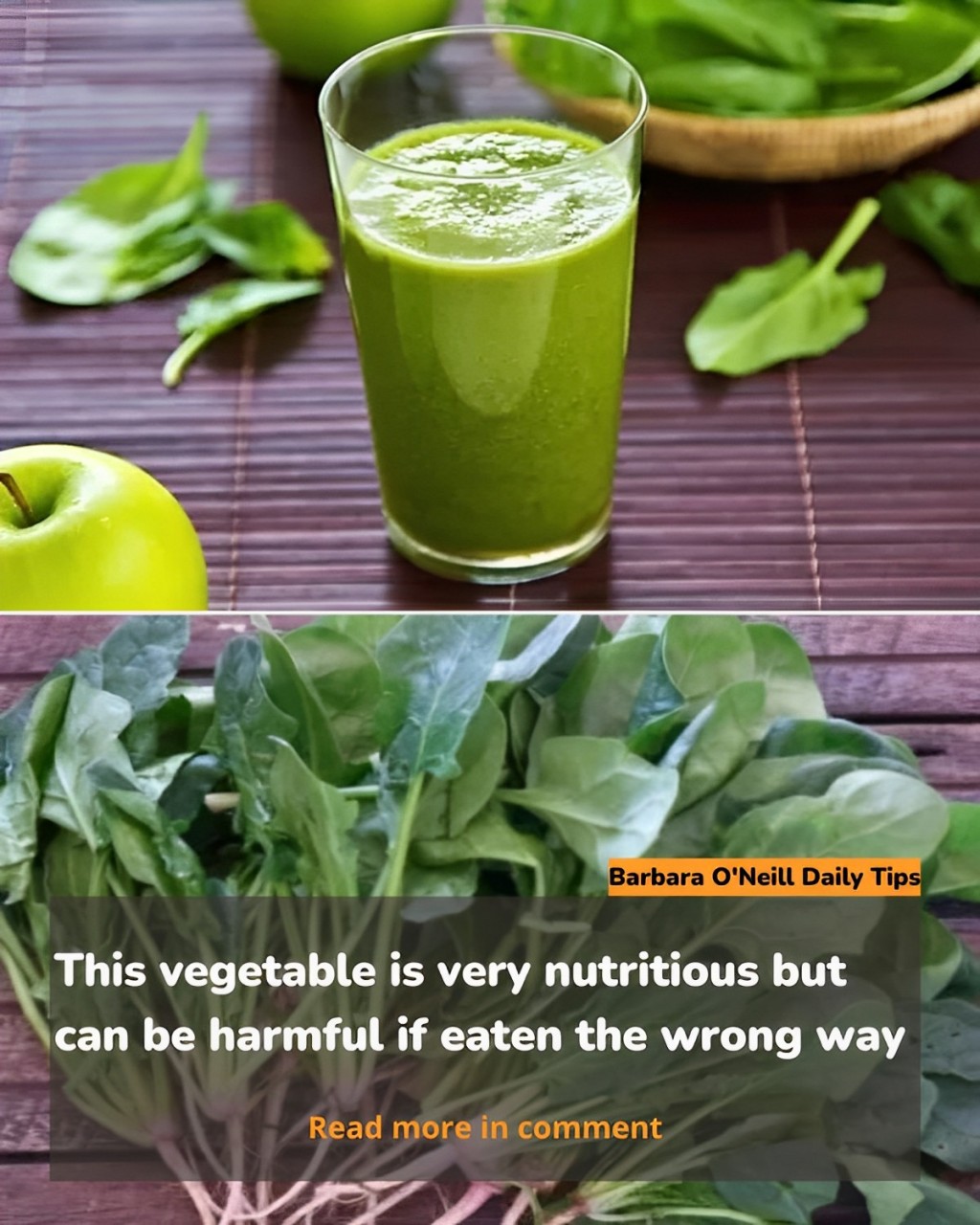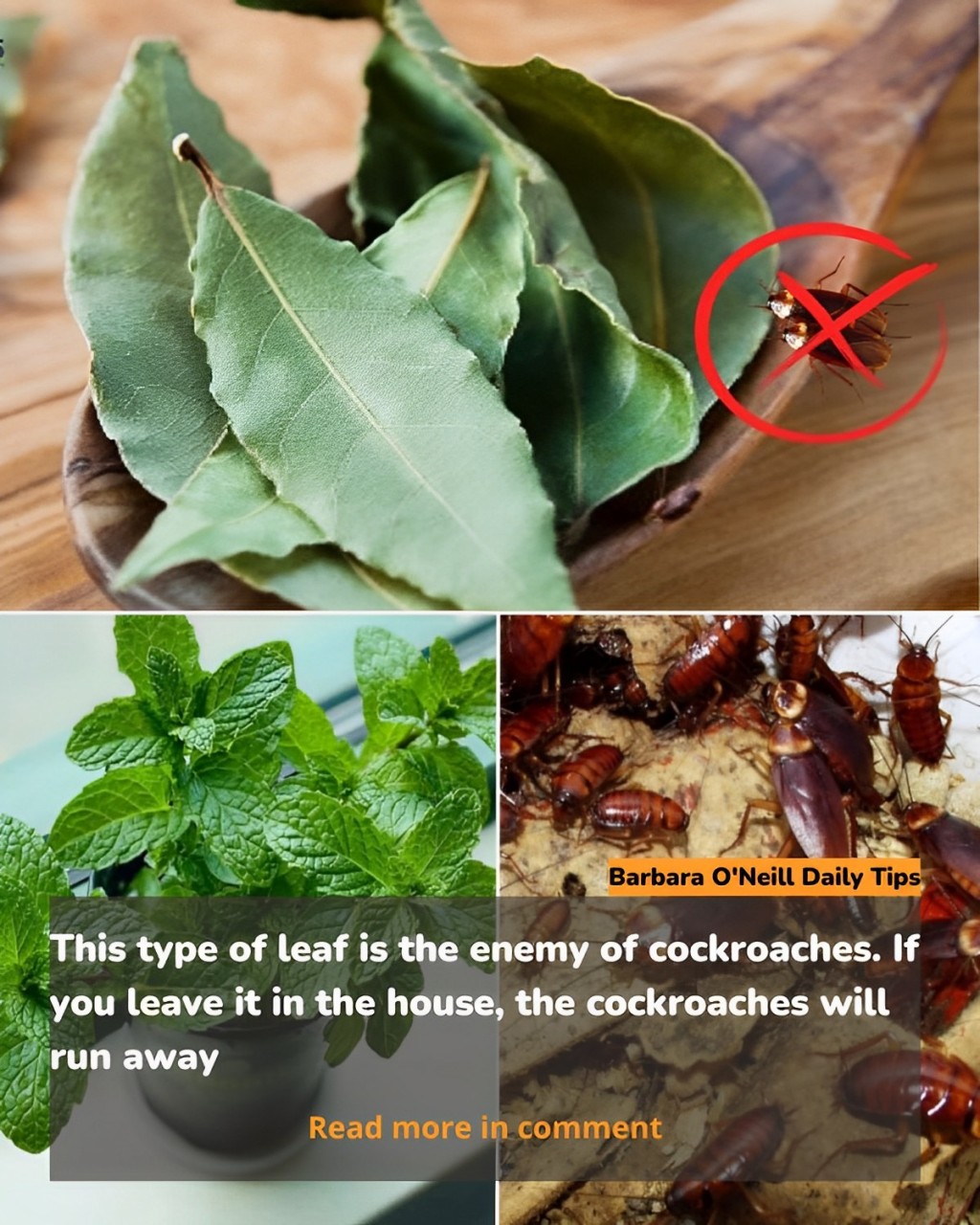Following the successful transplantation of your clove seedlings, the process of developing your very own clove plant is now well under way. On the other hand, continuous maintenance is essential if you want to guarantee the well-being and success of your plant. It is imperative that you keep the following in mind:

Light from the Sun and Temperature
Plants that produce cloves do best in warm settings and need a great deal of sunshine in order to bloom. It is important to position your pots in such a way that the plant may get at least six hours of direct sunshine on a daily basis. Use of a grow light as a complement to sunlight exposure is something you should think about if you reside in a chilly climate. As tropical plants, cloves thrive in temperatures ranging from 15 to 27 degrees Celsius (60 to 80 degrees Fahrenheit). Frost and cold drafts, both of which may cause significant damage or even death to the plant, should be avoided at all costs.
To irrigate
Properly watering clove plants is an essential component of their upkeep. The soil in which these plants are grown like to be kept continuously wet; nevertheless, over watering might cause root rot. You should make sure that the container has sufficient drainage, and you should water the plant when the top inch of the soil feels dry to the touch. It is possible that you may need to water them more regularly throughout the warmer months in order to keep the soil wet.
Moisture content
As tropical plants, cloves thrive in environments with high amounts of humidity. There is a possibility that you may need to enhance the humidity surrounding the plants if you are cultivating them inside, particularly in drought circumstances. You are able to do this by either using a humidifier in the area or by positioning a humidity tray below the plant. By softly misting the leaves with water, you may also aid enhance the humidity levels in the environment.
Maintenance and Shrubbery Pruning
It is possible that your clove plant may need trimming as it develops over time in order to preserve its form and to stimulate bushier growth. When trimming any branches that are overgrown or leggy, use pruning shears that have been sterilized. Not only does this make the plant seem more visually beautiful, but it also encourages the development of healthy growth patterns from the plant. On a regular basis, remove any leaves that have turned yellow or are dead in order to maintain the plant’s health and avoid any possible insect issues.

Management of Insects and Diseases
In the event that the circumstances are not optimal, clove plants may be subject to a variety of plant diseases and pests, including aphids, spider mites, and mealybugs, as well as fungal infections. Perform routine checks on your plants to look for any indications of sickness or infestation. In the event that you come across pests, you may want to think about using a neem oil solution or a light organic insecticidal soap to handle the problem without causing any damage to the plant. To lessen the likelihood of illness caused by fungi, make sure there is enough air circulation around the plant.
Cloves from the harvest
You will reap the crop as a result of your meticulous gardening efforts. Over the course of a few years of development, clove plants will normally produce flowers, and the cloves themselves are the flower buds. When the buds have reached their full size and have taken on a crimson tinge, but before they open, they should be harvested. After the cloves have been gathered, they should be dried in the sun or in a dehydrator until they become crisp and black, which indicates that they are ready to be used.
Growing cloves from seed to spice is a gratifying undertaking that not only provides you with a fresh supply of this fragrant spice but also adds a tropical flare to your house or garden. Cloves are obtained by planting seeds and then growing them into spices. With perseverance and the right kind of care, your clove plants will grow, providing you with both aesthetic and practical benefits.





